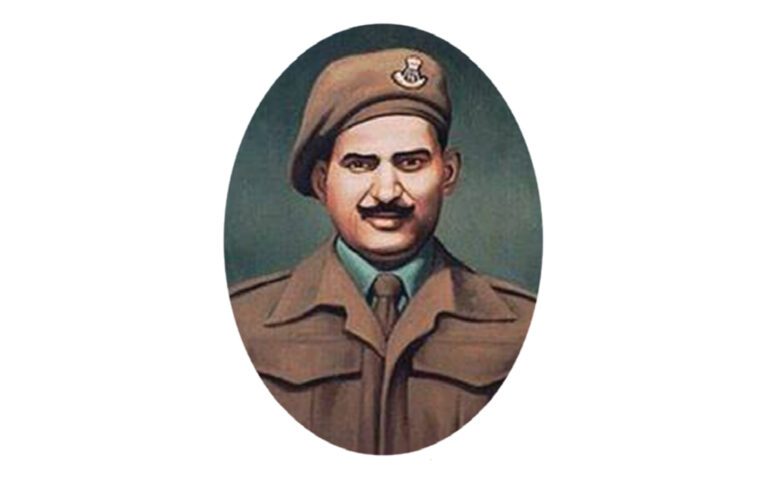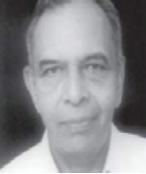Blazing fighter of Rajputana Rifles
Piru Singh Shekhawat was born on 20 May 1918 to Lal Singh in village Rampura Beri, Jhunjhuna district of Rajasthan. Youngest of seven children — three sons and four daughters — he hated school due to its restricted environment, and one day, ran away after being scolded by the teacher. He never returned to school and helped his parents in their farm. He was keen to join the army and was accepted at the age of eighteen after several attempts.
He was enrolled in the 10th Battalion of the 1st Punjab Regiment on 20 May 1936 at Jhelum. After completing his training in May 1937, he was posted to 5th battalion of the same regiment where he took part in operations on the North Western Frontier. Singh was an outstanding sportsman and represented his regiment in hockey, basketball and cross-country running at inter-regimental and national level championships. Despite his earlier hostility to schooling, Singh took education seriously and passed the Indian Army Class Certificate of Education.
He was promoted to the rank of Havaldar in February 1942. After the Second World War, he was sent to Japan as part of the British Commonwealth Occupation Force, where he served until September 1947. Following the Partition, Singh was transferred to the 6th Battalion of the Rajputana Rifles.
War had started between India and Pakistan in October 1947 for control over Kashmir. In July 1948, Pakistan launched offensive strikes in the Tithwal sector and captured a ring contour on 8 July. This forced the Indian troops in the forward positions across river Kishanganga to retreat. In an attempt to reverse the situation, the 6th Battalion of the Rajputana Rifles, was moved from Uri to Tithwal and assigned the task of capturing two positions on the ridge.
On 18 July 948, the ‘D’ Company launched its first attack at 01:30. His MMGs (Medium Machine Gun) had been sighted to cover all possible approaches. As the attack advanced, it was met with heavy MMG fire from both flanks. Grenades were hurled from enemy bunkers. Piru Singh was then with the forward most Section of the company.
Undeterred even after seeing more than half of the Section killed or wounded, he let out the battle cry “Raja Ram Chandra ki Jai”, encouraged the remaining men and rushed forward towards the nearest enemy MMG position. Grenade splinters ripping his clothes and wounding him at several places, he continued to advance. He was on top of the MMG position wounding the gun crew with sten gun fire. Disregarding his bleeding wounds, he jumped at the MMG crew, bayoneting them to death. By then he was the sole survivor of the section.
Left alone, he advanced towards the second Pakistani medium machine gun post. At this juncture, he was almost blinded by a grenade blast. His sten gun ammunition had run out. Singh lobbed grenades at the next Pakistani post. Jumping into another trench, he killed two Pakistani soldiers with his bayonet. Before he could move out, a bullet struck him in the head. Even as he succumbed, he hurled a grenade into a nearby Pakistani trench.
He was posthumously awarded the India’s highest military decoration, the Param Vir Chakra. Singh was never married. In the 1980s, the Shipping Corporation of India (SCI), named 15 of her crude oil tankers in honour of the Param Vir Chakra recipients. The crude oil tanker named MT “Company Havildar Major Piru Singh, PVC” was delivered to SCI on 12 October 1984. Due to MARPOL Convention on single hull tankers, SCI phased out all her 15 PVC series crude tankers on completion of their economic age of 25 years. A road roundabout called Shahid Piru Singh Shekhawat Circle’ was named after him, in Jhunjhunu, by the Government of Rajasthan. An intersection called ‘Piru Singh Chowk’ has been named after him in Yol, Himachal Pradesh.


 Contributed by Renu Prakash from the data bank of Late Brig. Suresh
Contributed by Renu Prakash from the data bank of Late Brig. Suresh